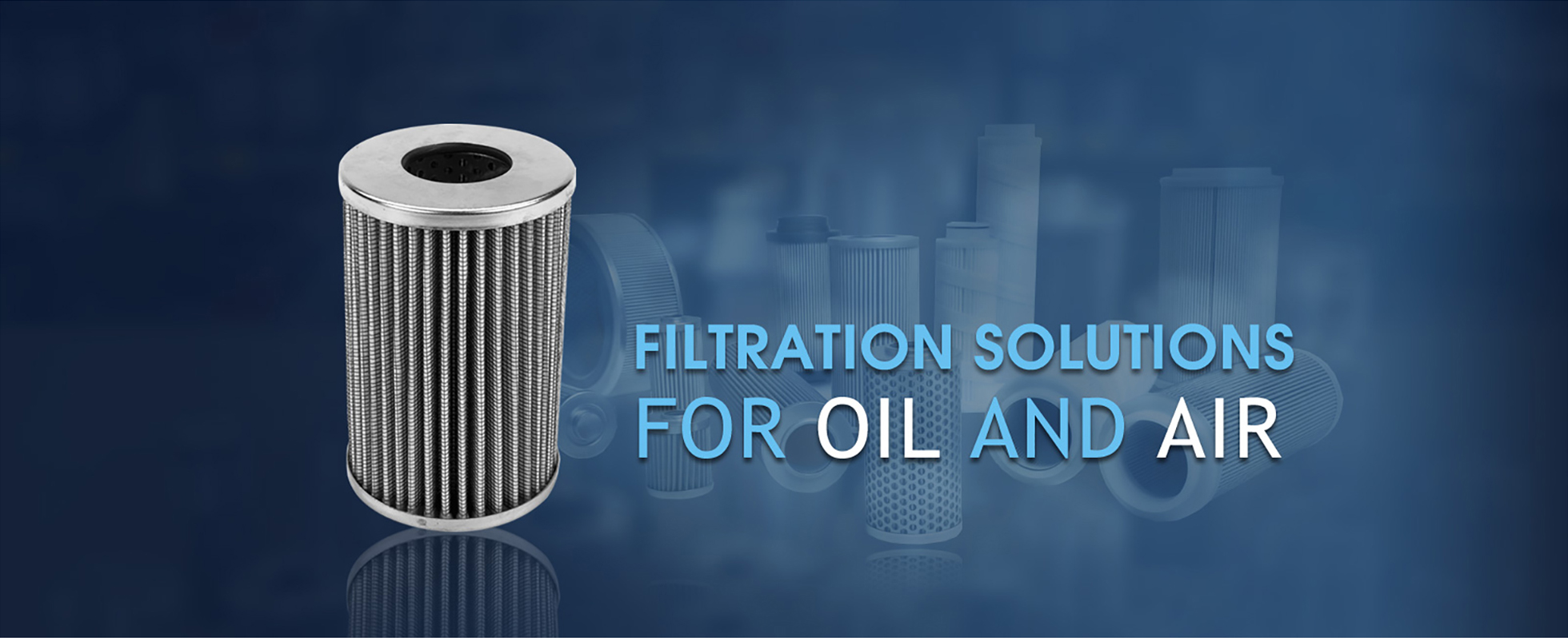
Jul . 27, 2024 08:16 Back to list
Exploring the Importance and Functionality of Roller Bearing Cups in Machinery Applications
Understanding Roller Bearing Cups An Essential Component in Mechanical Engineering
Roller bearings are pivotal in the world of mechanical engineering, providing the necessary support and reducing friction between moving parts. At the heart of these bearings lies a crucial component the roller bearing cup. Understanding the function, design, and significance of roller bearing cups is essential for anyone working in industries that require precise and reliable machinery.
What is a Roller Bearing Cup?
A roller bearing cup is part of the roller bearing assembly, which typically consists of an outer ring (cup), an inner ring (cone), rollers, and a cage that keeps the rollers spaced correctly. The cup serves as the anchoring base for the rollers, ensuring that they rotate smoothly and provide optimal performance. The design of the cup is integral to the bearing's ability to handle radial and axial loads while minimizing wear and tear over time.
Design and Materials
Roller bearing cups are usually designed with precision to meet specific requirements for load capacity, speed, and environmental conditions. They can be manufactured from various materials, including steel, stainless steel, and sometimes even specialized polymers or composites. The choice of material affects the bearing's durability, resistance to corrosion, and ability to operate under extreme conditions.
The internal geometry of the cup is also critical. It features a uniquely contoured surface that is designed to accommodate the rollers. This contouring helps to distribute the load evenly across the bearings, reducing stress concentration and prolonging their lifespan. Additionally, the raceway where the rollers contact the cup is often treated to enhance its hardness and wear resistance.
roller bearing cup

Applications
Roller bearing cups are utilized in a wide array of applications across various industries. For instance, they are essential in automotive manufacturing, where they support rotating components like wheels and axles. In industrial machinery, these cups can be found in gearboxes, conveyor systems, and pumps. Their ability to handle heavy loads and high speeds makes them indispensable in sectors like aerospace, mining, and rail transport.
Moreover, with the continuous advancements in technology, roller ball bearings are evolving to meet modern demands. The increasing push for sustainability has led manufacturers to develop designs that enhance energy efficiency, reducing operational costs and environmental impact.
Importance of Maintenance
Although roller bearing cups are engineered for longevity, proper maintenance is crucial to ensure their optimal performance. Regular inspections can help identify signs of wear, corrosion, or misalignment early on, preventing more extensive damage and costly repairs. Lubrication is another vital aspect, as it minimizes friction, cooling the components and preventing overheating.
Conclusion
In summary, roller bearing cups are a fundamental component in the machinery that drives various industries. Their design and functionality allow for the efficient transfer of forces, facilitating smooth movement and operation. By understanding their significance and maintaining them properly, industries can enhance productivity, safety, and equipment lifespan. As technology progresses, the role of roller bearing cups will only become more essential, making it imperative for engineers and manufacturers to pay close attention to these remarkable components.
Latest news
-
Common Failures in Thrust Ball Bearings and Solutions
NewsAug.22,2025
-
How Tapered Roller Bearings Can Take Shock Loads
NewsAug.22,2025
-
Angular Bearings in High-Precision Spindles
NewsAug.22,2025
-
The Impact of Misalignment on Cylindrical Roller Bearing Performance
NewsAug.22,2025
-
The Role of Cage Design in Deep Groove Ball Bearing Durability
NewsAug.22,2025
-
The Impact of Material Quality on Machinery Bearings’ Lifespan
NewsAug.22,2025
